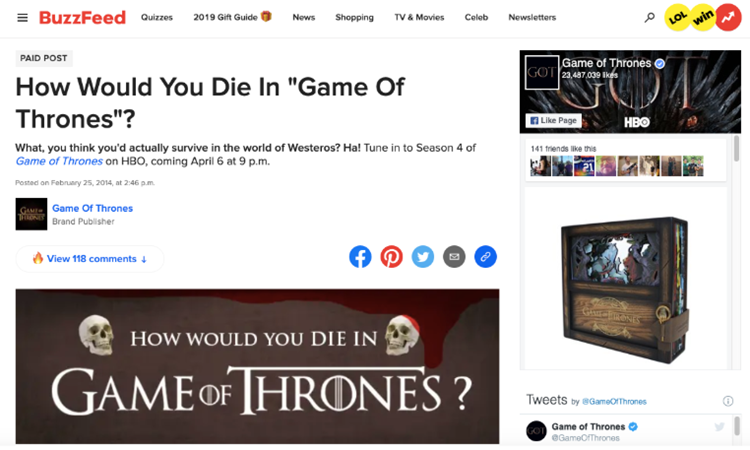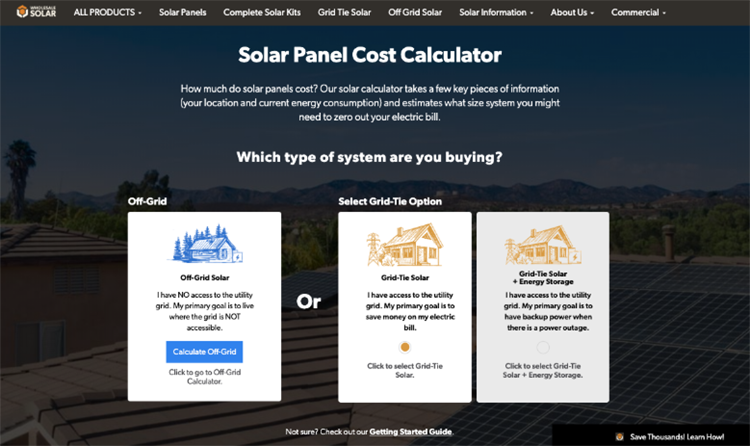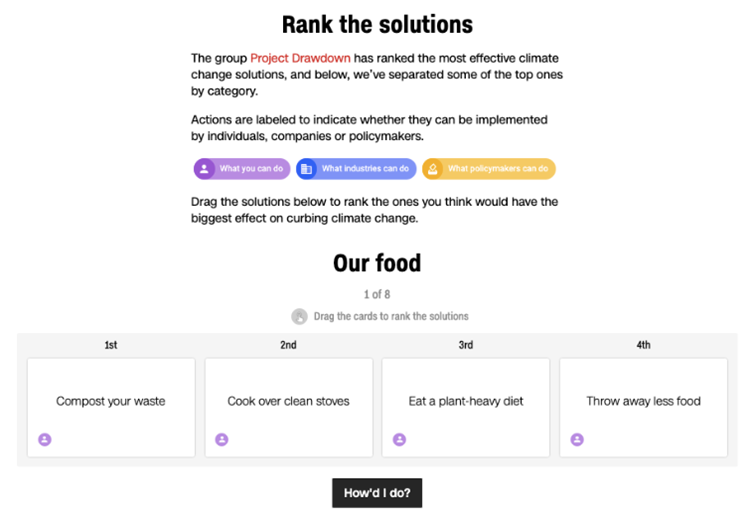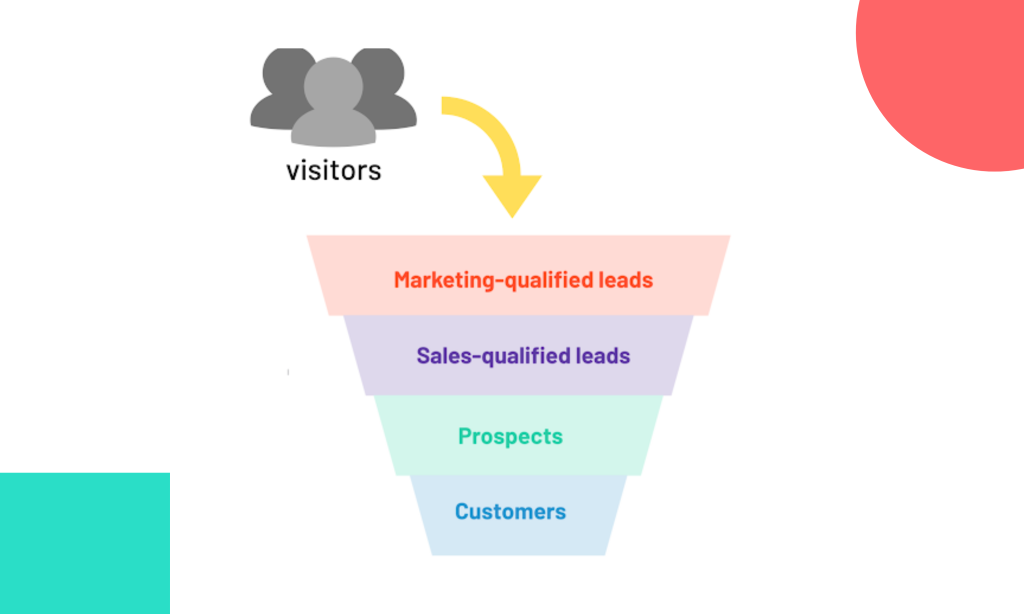Today's internet users demand more than ever from their browsing experience. Attention dominates as a kind of currency, and customers won't spend their time just anywhere. Any website worth browsing must be streamlined, cutting-edge, and personally relevant; anything less, and users will quickly move on to the next thing on their radar. Usability testing helps you indentify technical weak points in your website.
This shift in expectations presents both exciting opportunities and major drawbacks for marketers. The status quo will no longer cut it — and brands that go beyond the expected will rise above the competition.
Ultimately, the success of any given marketing campaign rests on the quality and creativity of the experience it provides. Today's internet users overwhelmingly prefer brands that offer active and engaging experiences, while simultaneously recognizing what makes consumers special.
These goals may seem overly ambitious at first glance, but in reality, they are well within reach. The secret? Interactive content.

What is Interactive Content?
Interactive content marks a major shift from the largely passive approach used by traditional marketing campaigns. Popular examples include:
• Quizzes
• Surveys
• Calculators and tools
• Interactive visuals, e.g., maps and timelines
While many experiences count as "interactive," this type of content is defined largely by two main factors: active engagement and customization.
1. Active engagement
Interactive content encourages targeted consumers to dive in and get involved, unlike traditional content that users simply scroll through.
2. Customization
Busy consumers aren't willing to participate in just any interactive campaign; to invest their time, they must find content personally compelling. Hence, the increasingly vital role of customization, in which content is specifically tailored to fit both the needs and preferences of target consumers.
But there’s more to interactive content than simply active engagement and customization, some say. According to digital marketing expert Neil Patel, interactive content is one which consumers not only consume, but rather enjoy and act upon. impact.
Patel argues that the goal of interactive content is not merely to entertain or inform. Rather, its primary objective is to get readers emotionally invested. Once invested, users are much more likely to act.
Of course, that’s not the only reason why interactive content is worth investing in.
Below are 6 reasons why you should incorporate interactive content into your own content strategy.
1. Stand out in a Competitive Market
According to Earthweb, an astounding 6,300,000 Google searches take place every minute. In such a crowded space, how can brands attract attention? The competition is fiercer than ever, so merely producing content is no longer good enough.
Interactive content produces an immediate impact by standing out from the run-of-the-mill content users have come to expect. Even if consumers fail to engage with interactive content, its very presence forces them to take notice, distinguishing a website from its competitors.
2. Prevent Ad Fatigue
The rapid growth of the digital world means that today's internet users are constantly bombarded with marketing messages.
In fact, back in 2007, a study claimed that the average American views over 5,000 ads per day. Nowadays the number has already increased to roughly 10,000 ads per day. This is a complete overload of ad stimulation. Exposed to so many repetitive ads, it's only natural for viewers to want something fresh.
There’s perhaps no better example of stopping ad fatigue than BuzzFeed’s quiz, “How Would You Die In ‘Game Of Thrones’?”.

Sponsored by the popular television series itself, the quiz exemplifies the freshness that interactivity brings to advertising. How so? It hardly reads like an ad. With questions like “pick your spirit animal,” the quiz feels more like a lighthearted game for new and veteran fans rather than an overt promotion.
Unlike traditional advertisements, interactive content jolts viewers out of their digital malaise and forces them to take notice. While they might witness hundreds of marketing messages before and after their interactive experience, only the most active and engaging message will stick.
Use involve.me to create your own quiz. → Start now for free!
3. Produce Highly Engaged Leads
Interactive content encourages leads to get actively involved, rather than passively consume content.
Consider for example this solar panel cost calculator from the solar energy company Wholesale Solar.

After a user inputs their details, the calculator produces a comprehensive estimate of the cost of installing solar panels. So rather than skim through yet another static webpage, consumers are actively engaged with the website.
Because interactive content asks for users’ active involvement, users are more likely to take their overarching messages to heart. Interested leads are engaged leads — and engaged leads are far more likely to continue to make progress in their journey through the digital sales funnel.
Use involve.me to create your own interactive calculator. → Start now for free!
4. Capture Relevant Data
Data is the lifeblood of modern marketing, and yet consumers are more reluctant than ever to provide it. Few people freely hand over information unless they’re promised an enticing incentive — but with interactive content, gathering user data isn’t quite so difficult.
Users are often unaware of the powerful insights they provide while consuming interactive content. What these customers regard as an enjoyable experience, organizations view as an opportunity for gathering critical data about users, like consumer preferences and behavior.
Websites can then leverage this data to deliver not only more effective marketing campaigns, but also the types of products and services that customers demand.
Here’s a good example: CNN partnered with research organization Project Drawdown to create a quiz testing readers on their knowledge of climate change solutions.

How can CNN make use of these quiz results? It could use them to determine what climate-related content readers aren’t so informed about and adjust its editorial publishing calendar accordingly.
5. Repurpose Content
Repurposed content provides exceptional ROI while also increasing the likelihood of a given message sinking in. And while repurposing is possible for virtually any blog post, image, or video, interactive content brings a new element of versatility to this familiar concept.
Options for repurposing static content are decidedly limited; blogs might eventually become eBooks, for example, or quotes may be pulled for future social media campaigns.
However, with interactive content, repurposing takes many forms. For example, an initial quiz or interactive map could later form the basis of a video or infographic. In this way, interactive content can be customized and adapted to resonate with specific types of consumers so that despite its repackaging, it never feels stale.
6. Produce Loyal Followers and Repeat Customers
The sales funnel shouldn't end with a single conversion.
Ideally, one-time consumers will continue to follow brands, and eventually, become loyal customers. Such dedication is most likely among those who feel emotionally invested in the brands they follow. And as discussed earlier, this investment typically happens as a byproduct of engaging and highly interactive content.
Even older, established brands further optimize conversion rates through an interactive marketing campaign. For an example of this, look no further than Coca Cola, which transformed its older holiday ad into a virtual reality experience in 2015.
Interactive content ultimately leaves a lasting impression on consumers, helping to cement a brand positively in users’ minds.
Conclusion
Interactive web content should not be regarded as a one-time endeavour, but rather, an ongoing part of any content strategy. This revolutionary approach allows brands to promote a consistent message and level of quality, while still keeping consumers engaged with fresh material.
As the content of tomorrow, interactive content will determine how consumers engage with brands—and which companies ultimately build the strong relationships needed to succeed in an increasingly competitive marketing landscape.
Author
Joyce Chou is a Content Marketing Strategist at Compose.ly, a content platform that matches businesses with seasoned freelance writers. Apart from writing for Compose.ly’s blog, Joyce also contributes to other publications about digital marketing, personal finance, and business and ecommerce.




